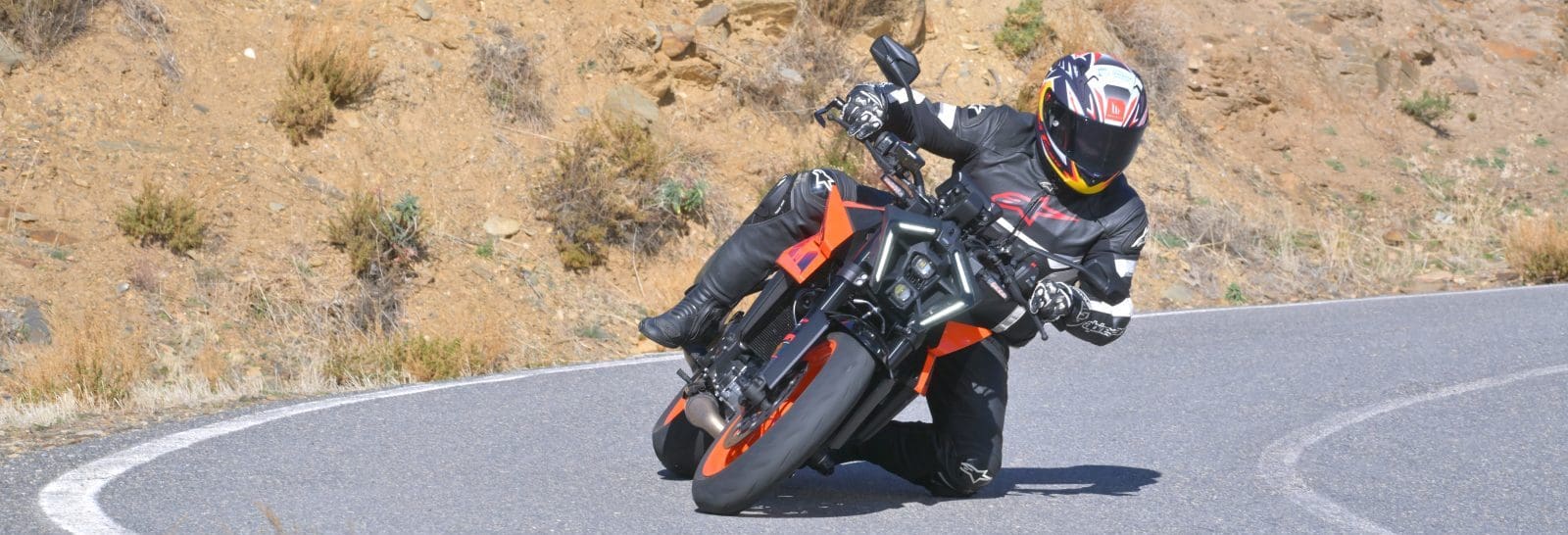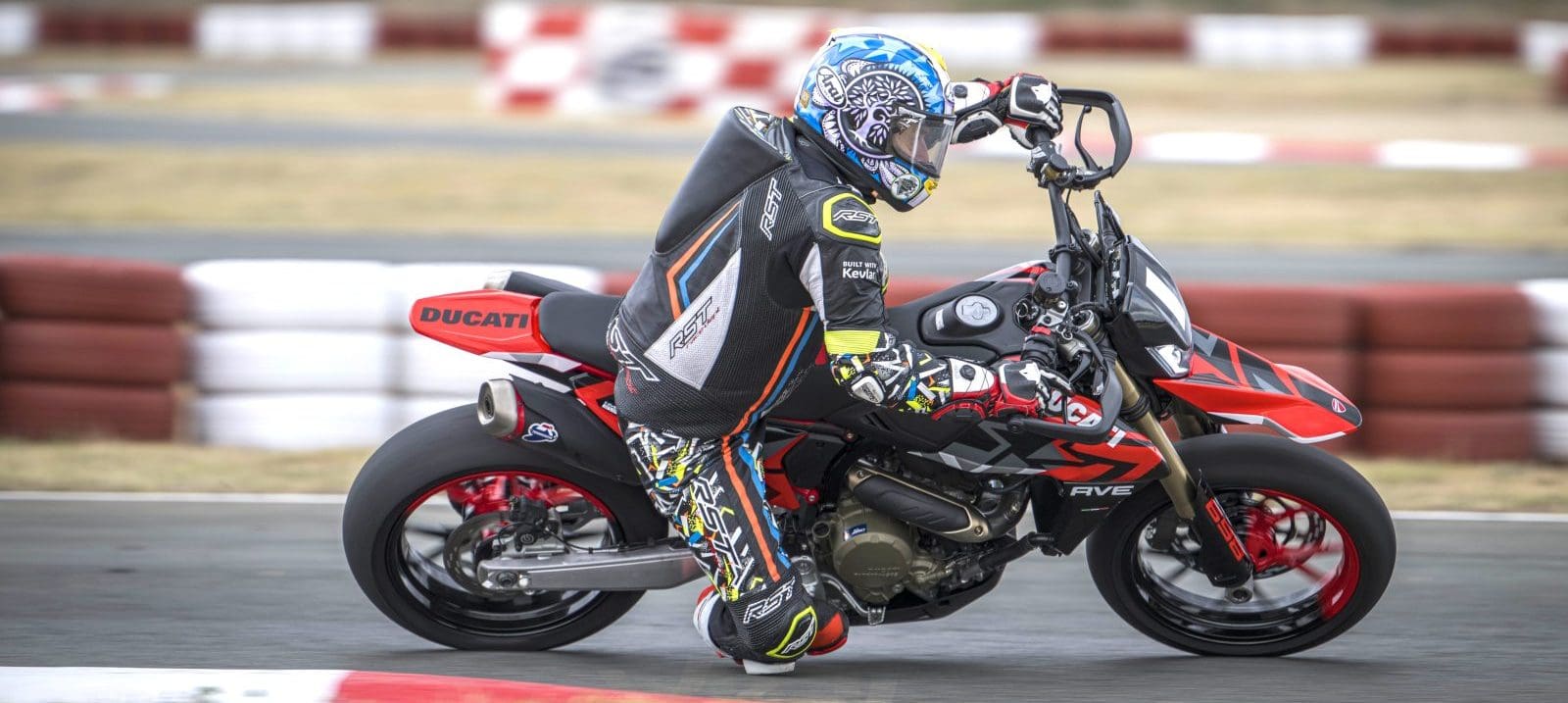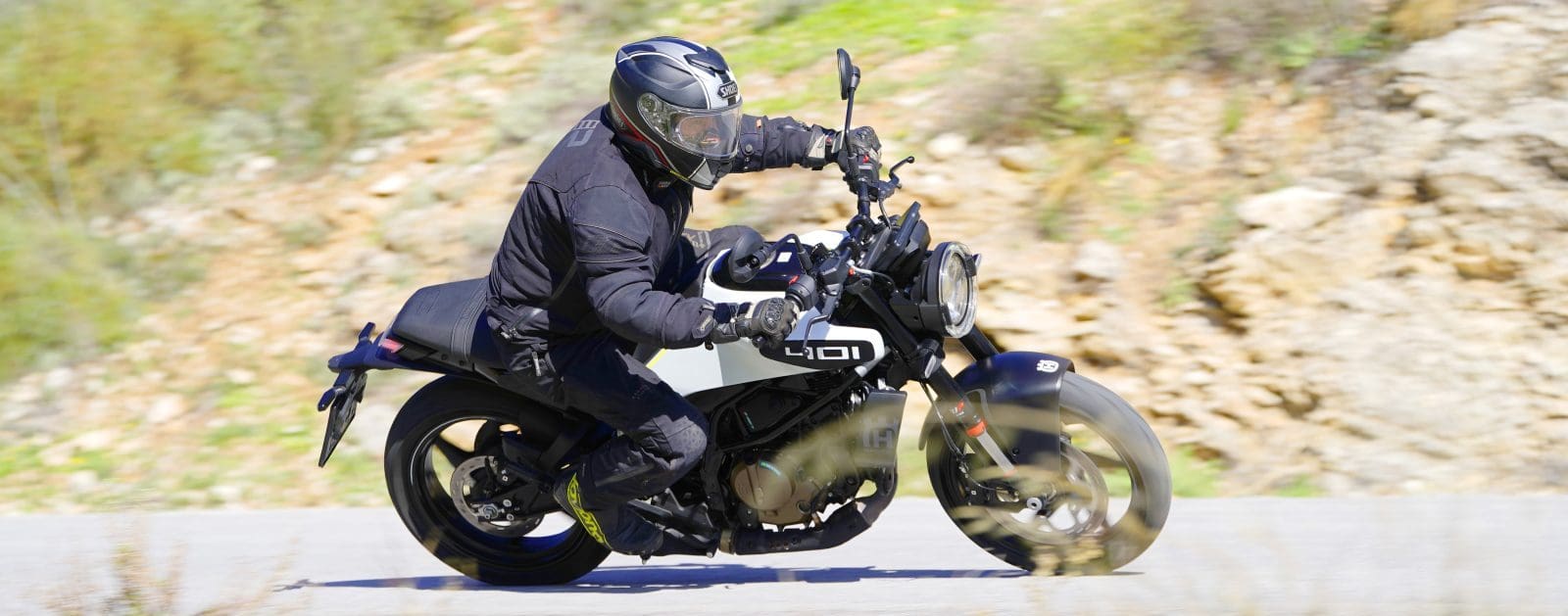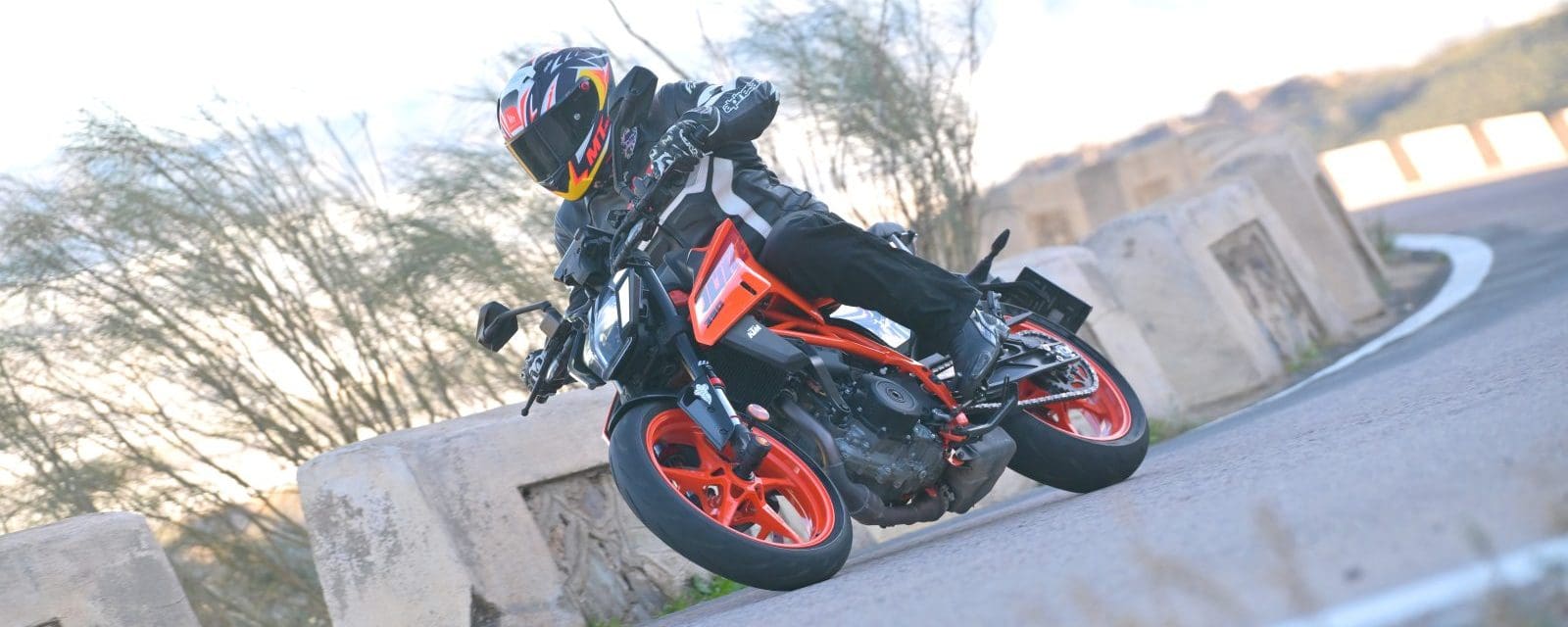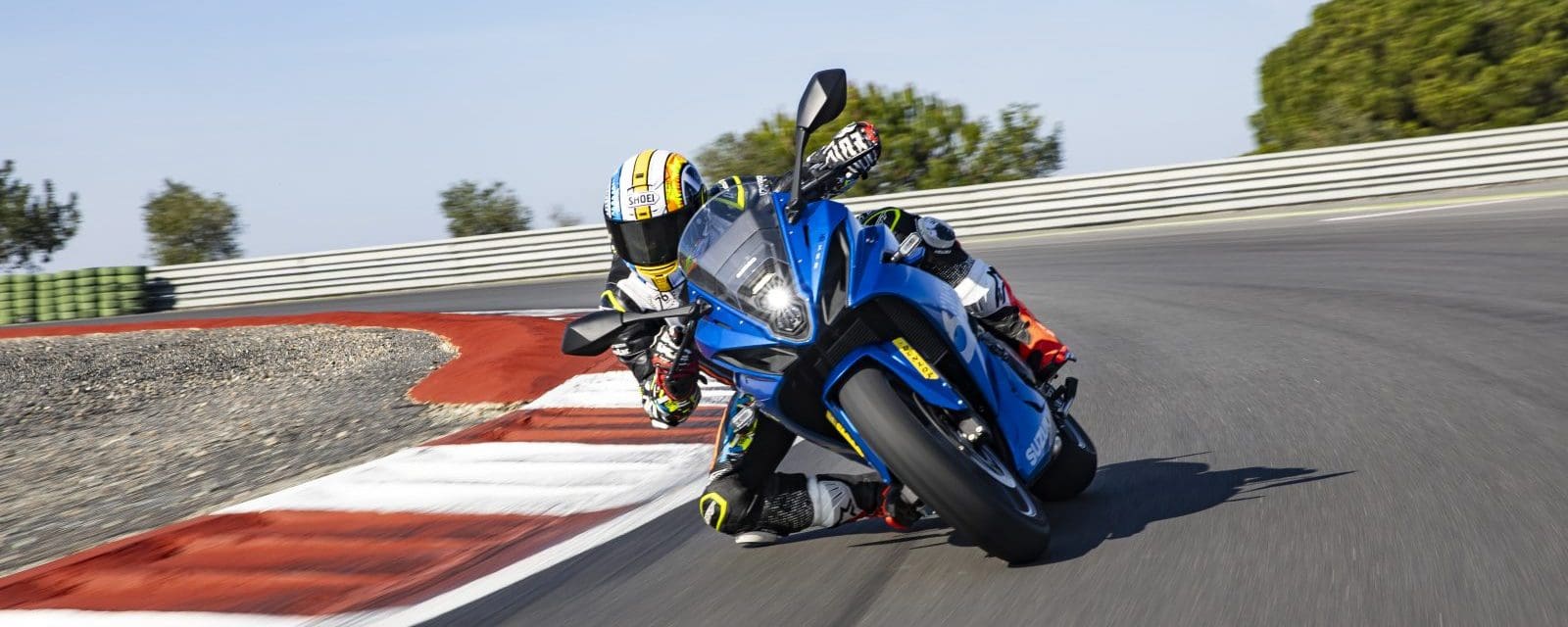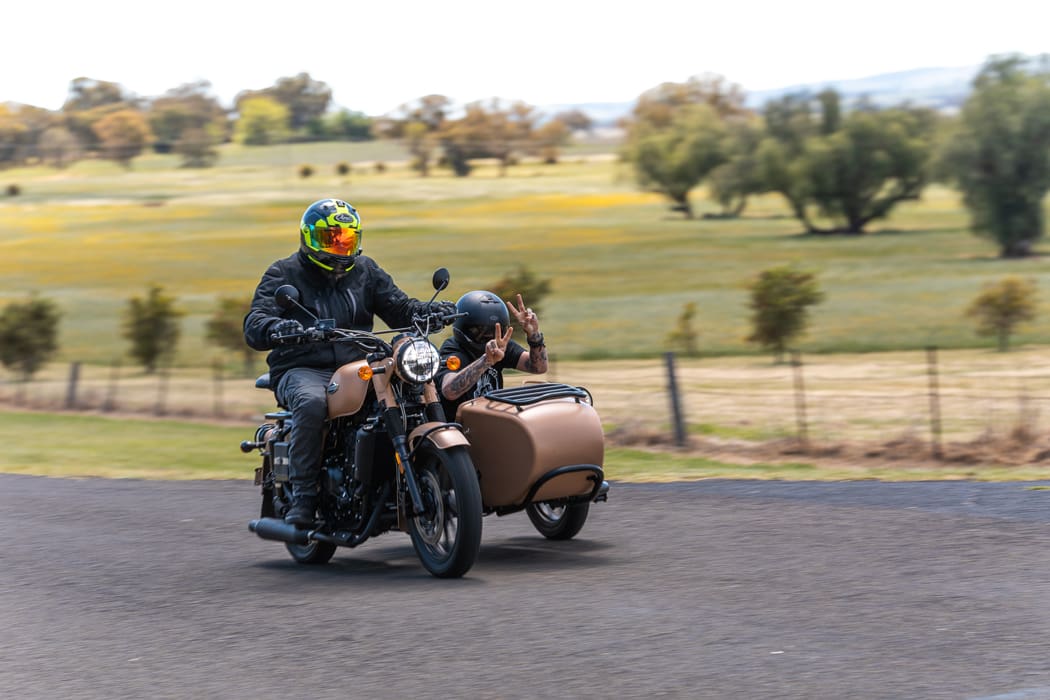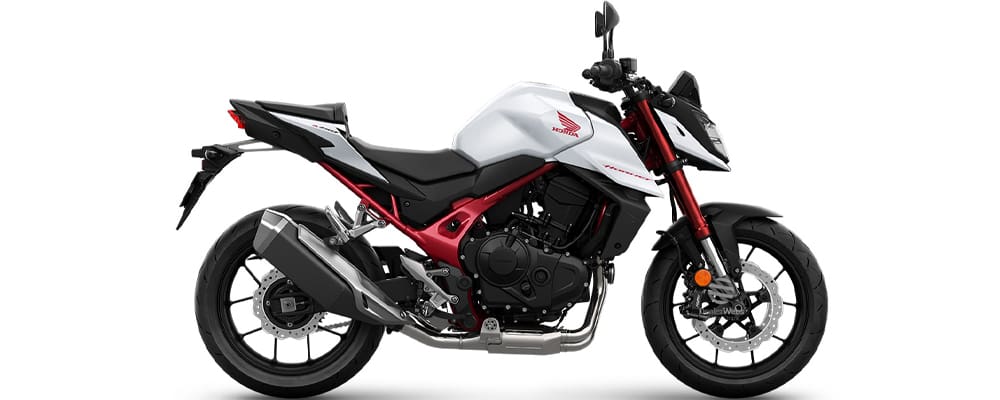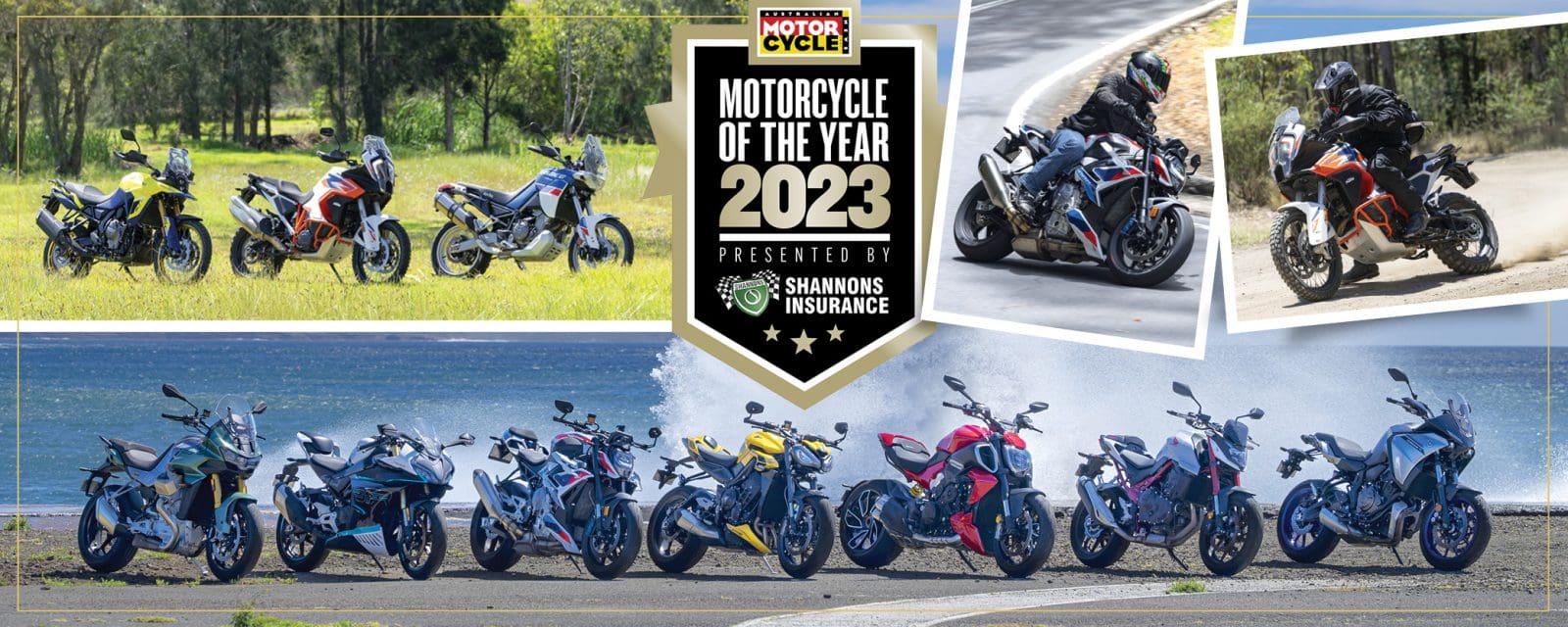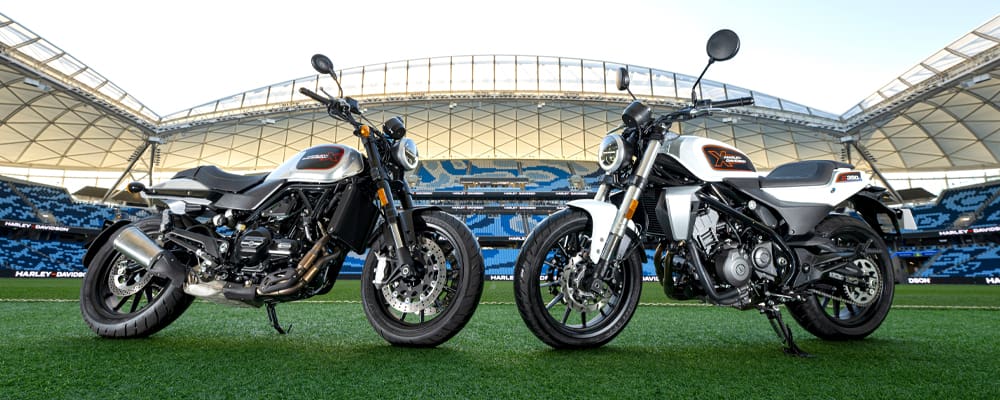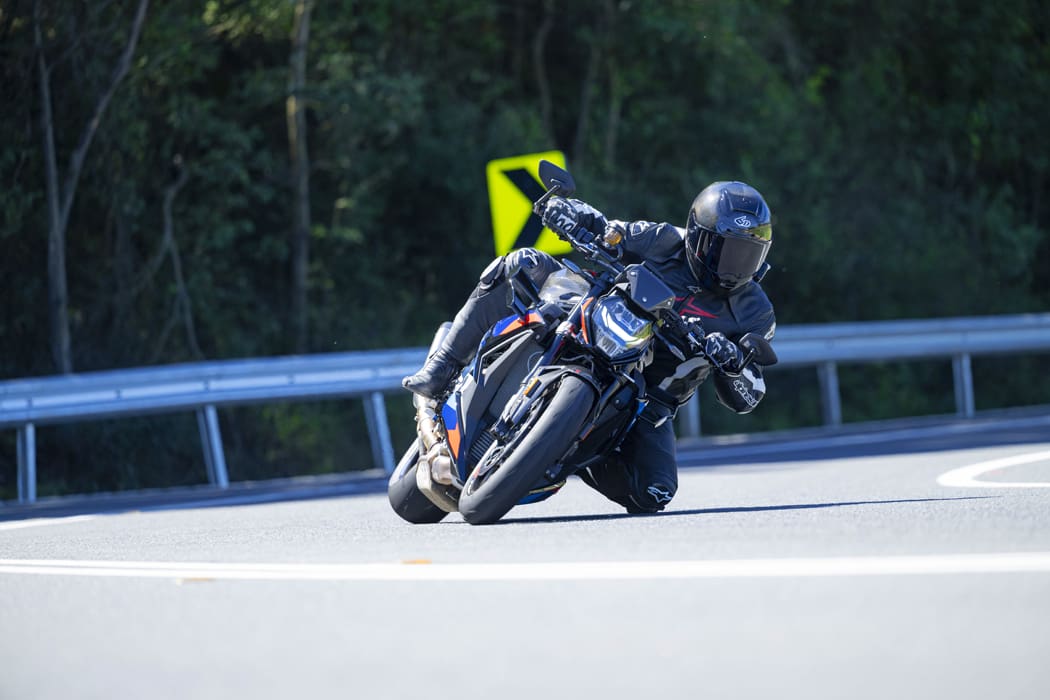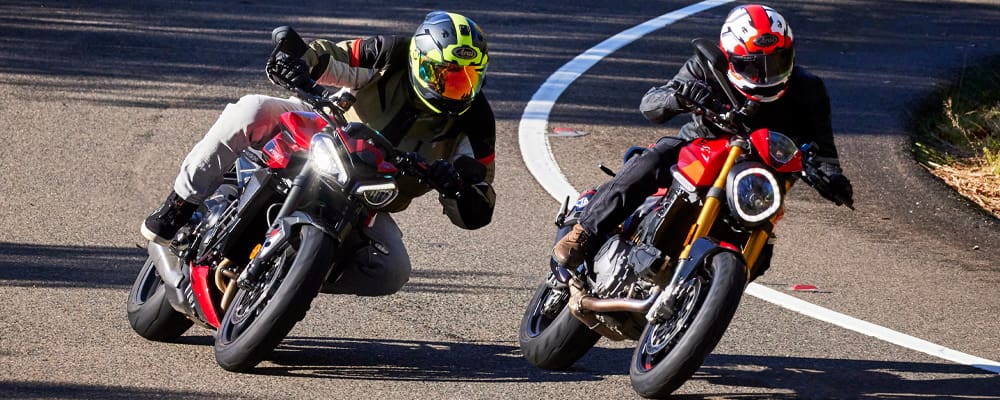The LAMS-compliant Harley-Davidson X range has been revealed in Australia through a special pre-launch media event held at Sydney’s Allianz Stadium, although stock of either model won’t start to reach dealers until December this year.
The range consists of the X350 and X500 models, both developed in conjunction with Chinese manufacturer QJ Motor, which owns numerous brands including Benelli. While the X350 is an all-new model, the X500 has a lot in common with the Benelli Leoncino 500, but is obviously restyled and heavily branded as a Harley-Davidson. The X350 will be priced from $8495 ride away and the X500 from $11,495 ride away.
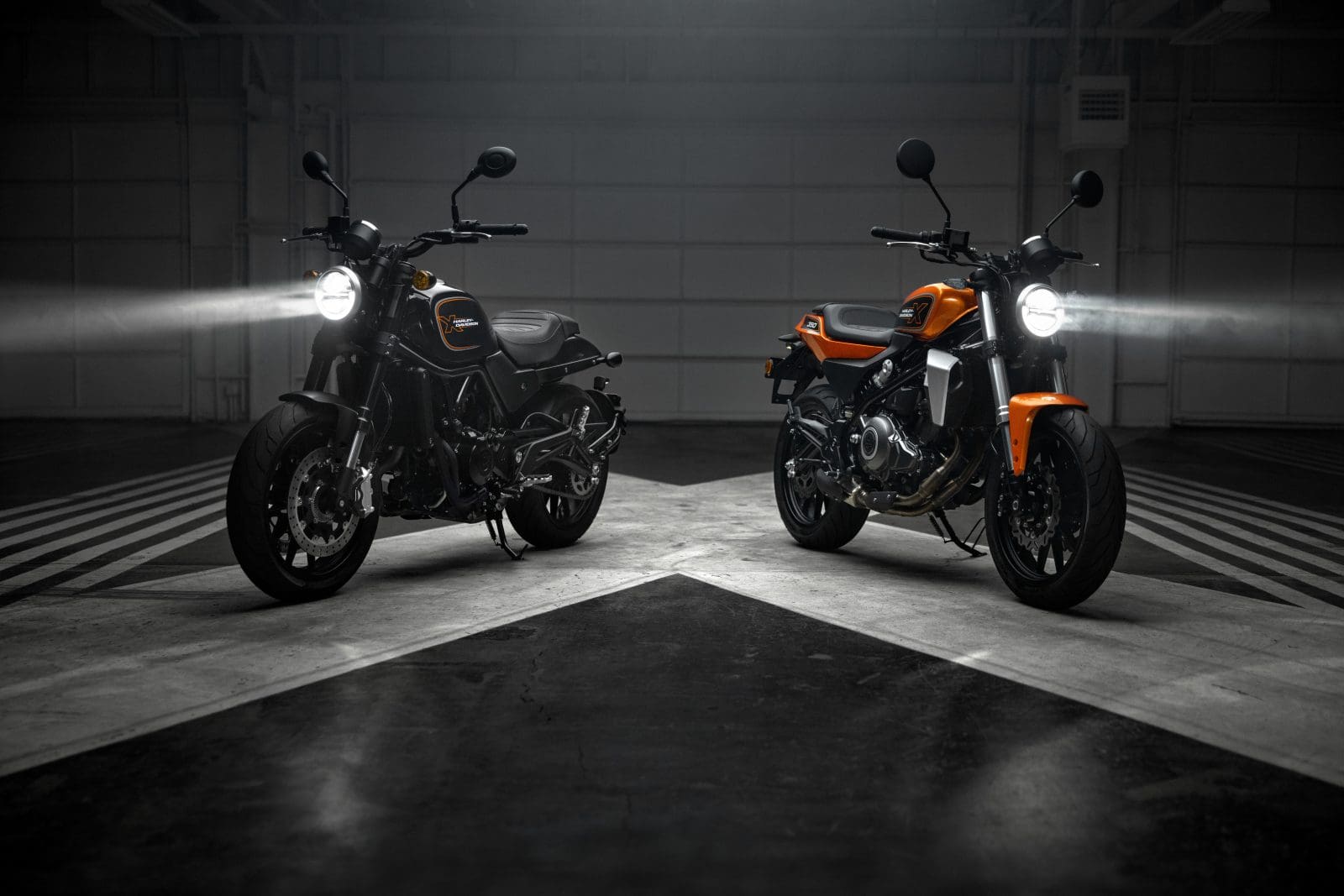
There’s no overstating the importance of these two new models to Harley-Davidson as they represent a return to the LAMS market segment for the marque, a segment it has been absent from since the demise of the popular Street 500 a couple of years ago.
“It’s refreshing to be back in the LAMS space for Harley,” Keith Waddell, Marketing Manager Harley-Davidson Australia and New Zealand, said at the pre-launch event. “We had the Street 500 from 2015 through to 2020… and depending on the month it was actually our best-seller; between that and the Breakout it was the highest units that we were selling across both Australia and New Zealand, so it’s really good that Harley is back and able to engage with that new-to-sport customer, definitely new-to-brand… ”

Waddell went on to explain that many Street 500 buyers eventually traded up to larger models in the Harley-Davidson line-up once they gained their full licence, adding that with the new X350 and X500 models, “… we do expect to be back in top in the market-share tables in the 301-600cc segments”. So not only are the X models expected to sell well in their own right, they are also expected to ensure new motorcyclists stick with the Harley-Davidson brand into the future.
Of course, as well as the bikes themselves, there will also be a full range of Harley-Davidson X apparel to help promote the new sub-brand.
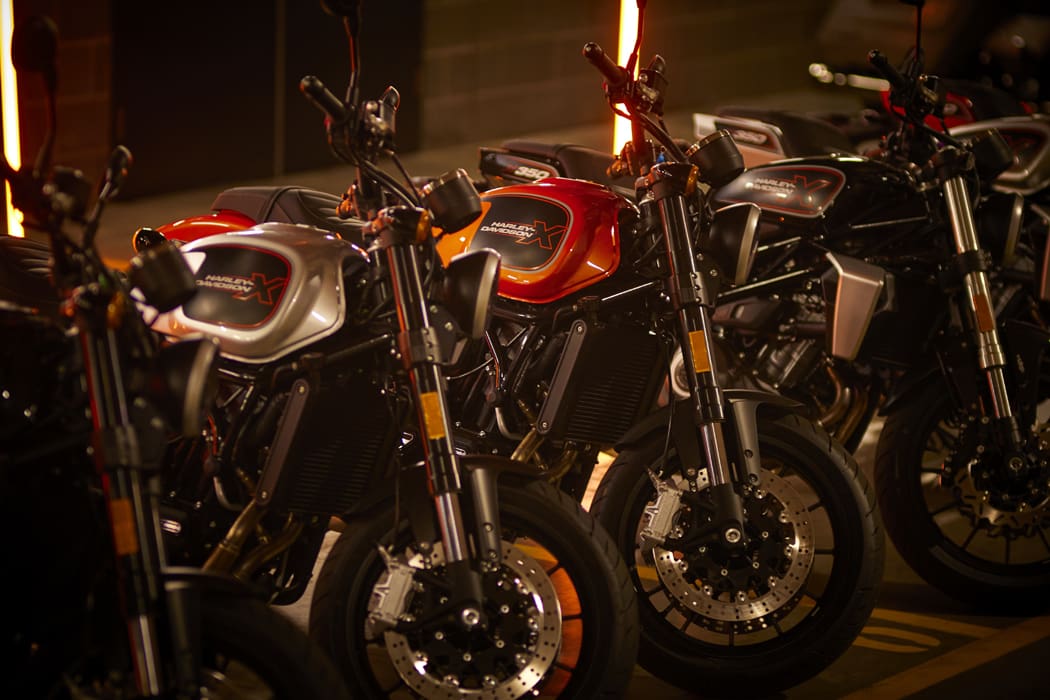
The bikes
Both X models represent a departure from Harley-Davidson’s traditional V-twin layout in that they are parallel twins with a 270° crank.
Harley-Davidson says the X350’s styling was inspired by its iconic XR750 flat tacker, and it certainly runs a more upright and sportier riding position than many other Harleys. It has an accessible 777mm seat height, a flat handlebar and relatively rear-set footpegs.
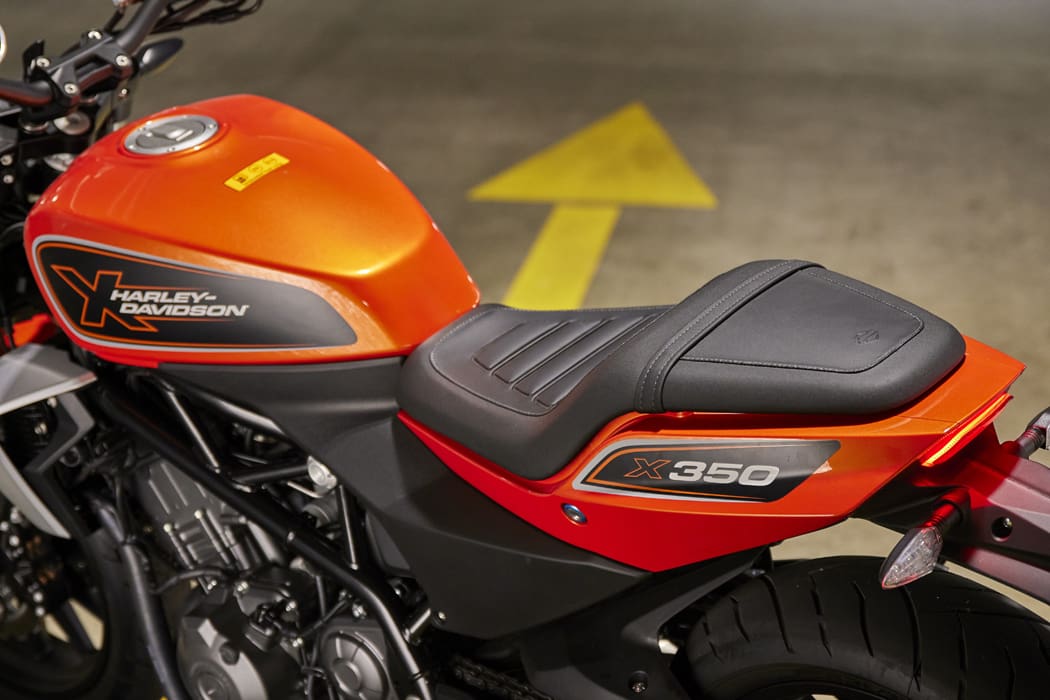
Weighing in at 195kg ready to ride, the small X350 feels light and agile, and Harley-Davidson’s unusual test loop for this pre-launch event exhibited the bike’s nimble handling – the short ride consisted of four laps through the tunnels beneath Allianz Stadium before we were let loose on a short slalom course with witches hats, fast starts and hard-braking zones.
Claimed peak outputs for the X350 are 27kW (35hp) at 9500rpm and 37Nm at 7000rpm. But what is the X350 like at 100km/h? From this short ride experience I couldn’t tell you, but what I can say is that it offers spritely acceleration, the parallel twin revving willingly, feeling smooth and making a tasty if muffled exhaust note. I’m sure that, like most Harley owners, X350 riders will soon flick the standard stubby two-into-one exhaust and fit something that frees up gas flow (and noise) as soon as they get their hands on it.
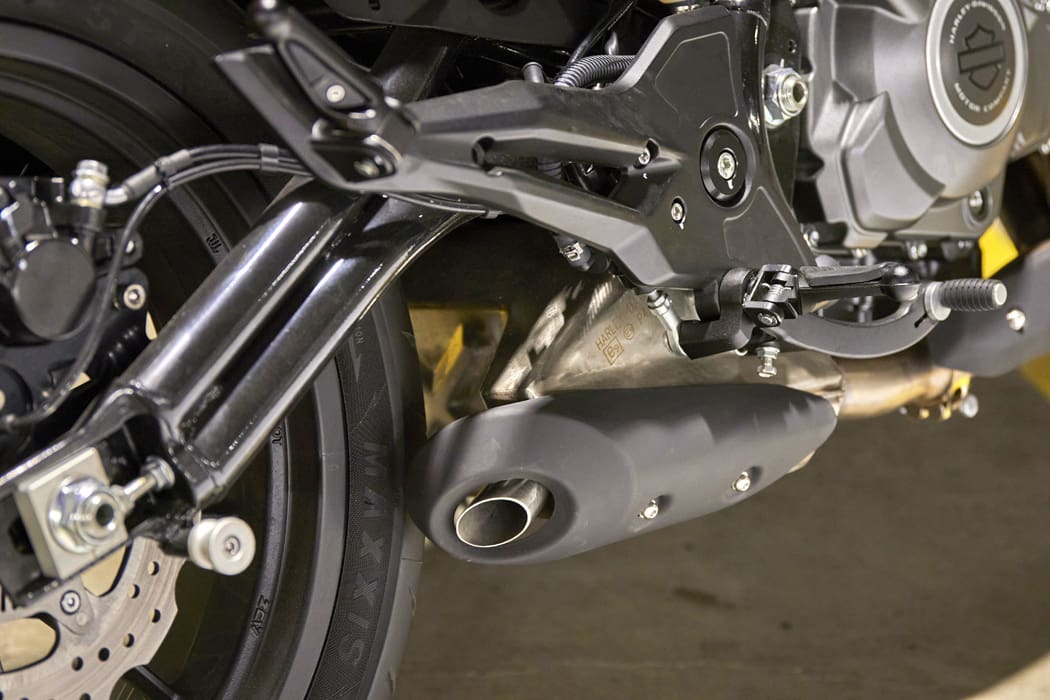
The six-speed gearbox shifted smoothly considering the low mileage on the testbike I sampled, and the cable-operated clutch felt light and progressive, while the engine didn’t need a bagful of revs to get away from standstill in
a hurry.
Unlike most of its rivals at this end of the market segment with very basic suspension, the X350 has an upside-down fork with rebound adjustment, while the monoshock at the rear is adjustable for both rebound damping and preload. Again, it was difficult to judge the ride quality and handling characteristics in such a confined riding environment. Suffice to say the X350 felt well balanced with not too much weight up high, and it changed direction easily with just a gentle nudge on the ’bar and a slight shift in body weight. The X350’s brake spec also exceeds many other bikes at this end of the market. It runs a twin-disc setup at the front with four-piston calipers gripping 260mm wave discs and a single-piston caliper at the rear gripping a 240mm wave disc. Braking performance felt good from around 60km/h, which is about as quick as I could muster on the short slalom course. ABS intervention didn’t feel overly intrusive but, again, a full road test will be required to provide a definitive answer.

The X350 runs 17-inch rims front and rear and wears Pirelli Angel GT rubber, a 120/70-ZR17 up front and a 160/60-ZR17 at the rear.
Importantly, for a LAMS bike in particular, the upright riding position provides a good view of what is around you, and the seat narrows near the tank making it easy to plant both feet on the ground. Both the brake and clutch levers are span adjustable, there’s LED lighting all around, and the traditional analogue speedo is big and easy to read and includes a small LCD for odo, tripmeters, clock and tacho.
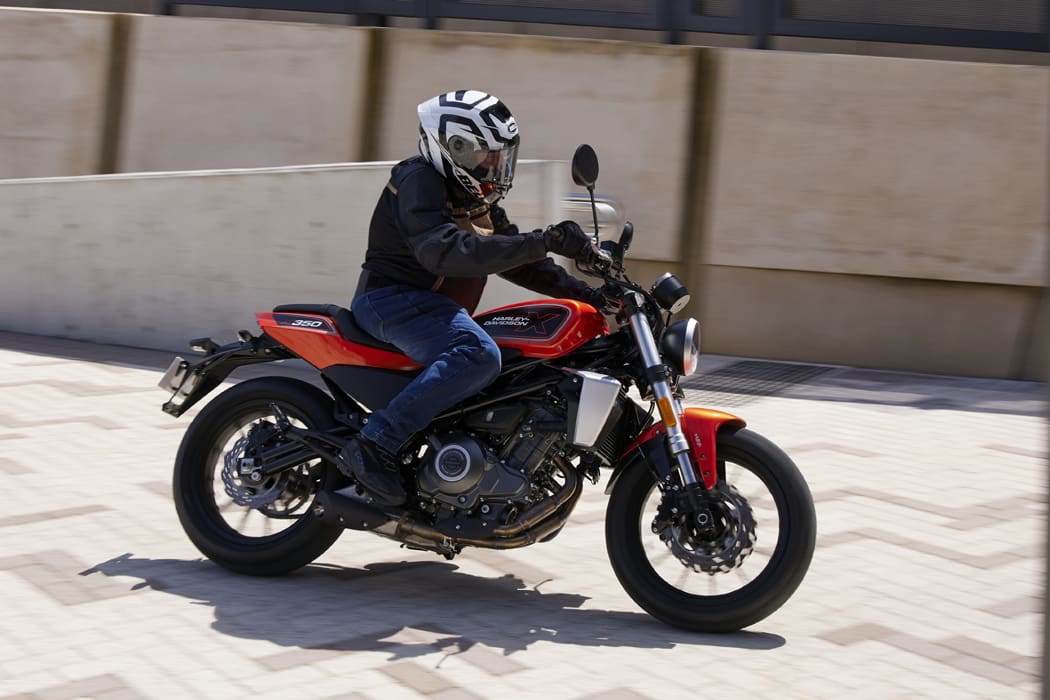
Compared to the X350, the X500 offers a more relaxed riding position and Harley says its styling is inspired by the brand’s Sportster models. It has a more laid-back look with a bobbed rear fender, a chunkier 50mm USD fork and a monoshock rear-end. Like its smaller sibling, the X500 offers rebound adjustment up front and preload and rebound adjustment at the rear.
There’s no doubt the X500 makes significantly more power and torque than the X350, and lower in the rev range; claimed peak outputs for the X500 are 35kW (47hp) at 8500rpm and 46Nm at 6000rpm. The bike I sampled on the short ride loop had a slipping clutch – apparently the dealers had given it a hard time the day before – so it was difficult to judge how much quicker it would have been through the course than the X350, but it certainly felt more relaxed to ride.
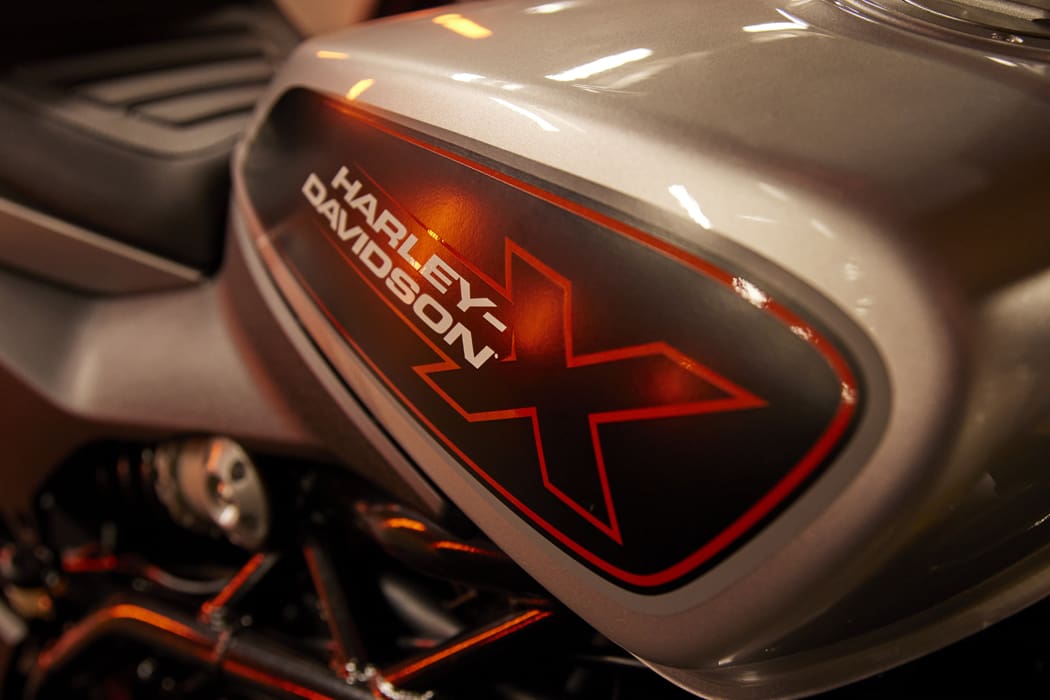
The riding position on the X500 has your feet farther forward than on the X350, and the handlebar feels slightly higher and wider. Nevertheless, the riding position is still quite neutral and would be as well suited to threading through city traffic as it would be on the open road.
The seat is slightly higher on the X500 at 820mm, but it still won’t be a long stretch for most riders to get their feet on the ground.
Weighing in at a claimed 208kg (kerb) the X500 is a fair bit heavier than its X350 sibling, but again the weight feels quite low.
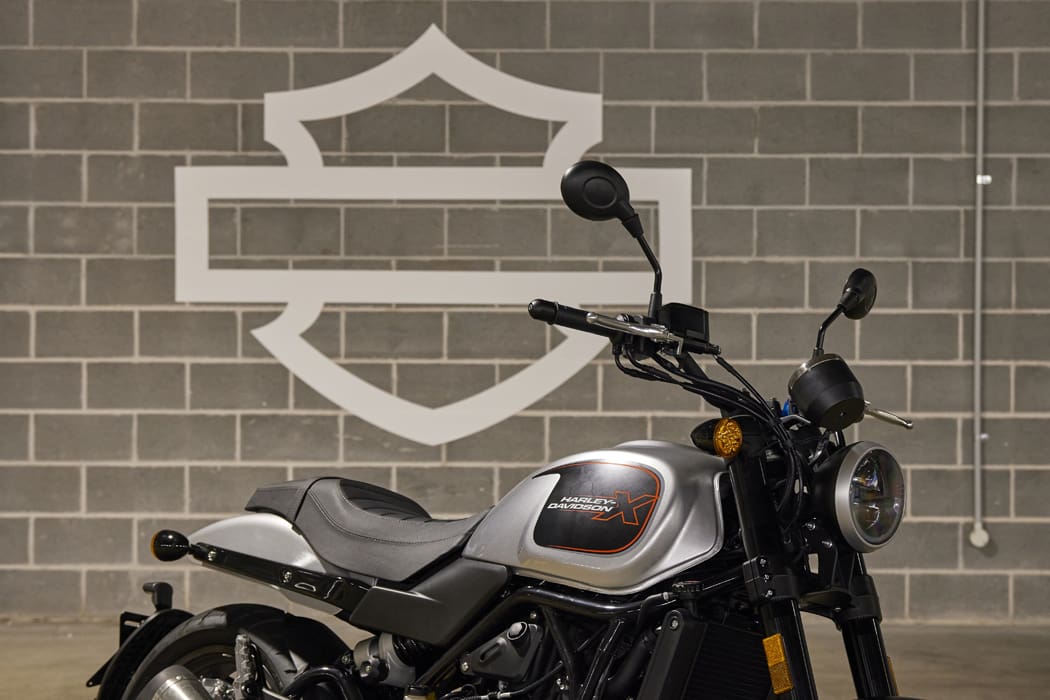
Like the X350, the X500 runs a twin-disc set up at the front (but not wave discs) with four-piston calipers and a single rear disc with single-piston caliper. It also runs the same size rubber as the X350, but instead of Pirellis the X500 wears Maxxis Supermaxx ST tyres.
It also scores span-adjustable levers, an analogue speedo with inset LCD for other information, and LED lighting all around.
Both the X350 and X500 will be available in four colours – Dramatic Black, Dynamic Orange, Supersonic Silver and Pearl White – and these are no-cost options.

Which one?
After sampling both models, it was the X350 that piqued my interest more than the X500. Sure, the bigger bike makes more power and torque, but I preferred the sportier riding position of the X350 and it offers more than adequate performance for around-town riding. The fact it’s a full $3k cheaper will no doubt sway many buyers in favour of the X350 too.
But Harley-Davidson expects most buyers to opt for the larger of the two X models.
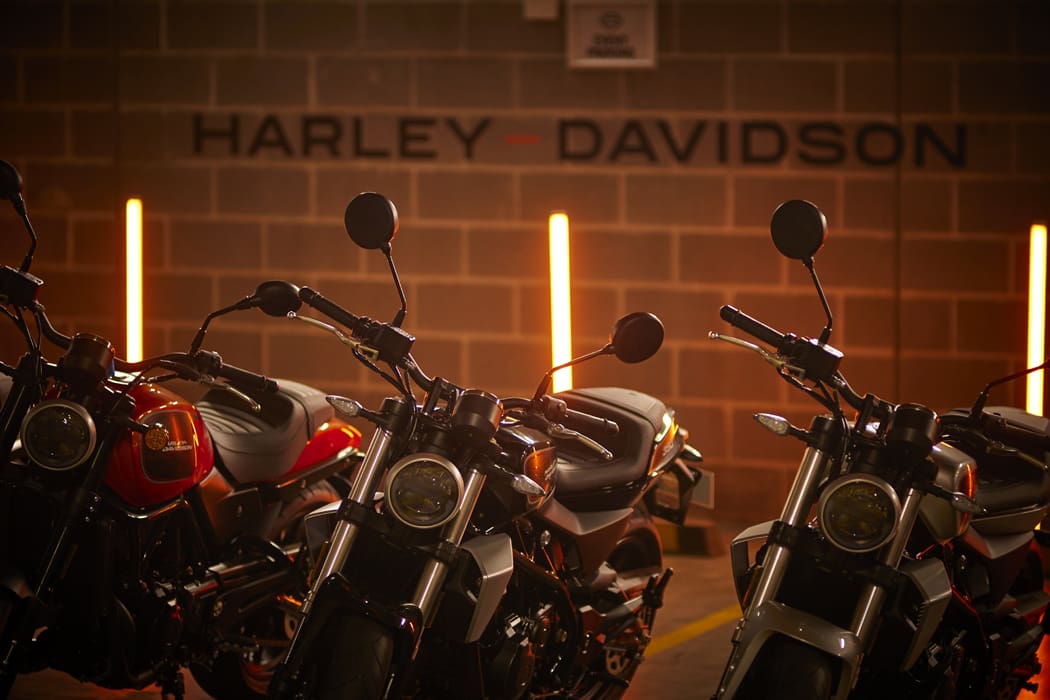
“Based on what we’re seeing now in terms of leads, right now it’s the 500 that’s seeming to be more popular,” Waddell said. “I would say overall, whether it’s LAMS-approved or any other capacity, if an A-NZ customer has got a chance of getting something bigger and faster, they will typically go for the bigger and faster bike.”
Regardless which X ends up being the most popular, there’s little doubt that these bikes will rank amongst the best-selling models in Harley-Davidson’s line-up, and I’m looking forward to riding them on the road in a couple of months’ time.

Test Dean Mellor + Photography Harley-Davidson

